It has been over 10 years since I first wrote about the archaeological work spearheaded by Dr. Michael T. Carson and Dr. Hsiao-chun Hung. Speaking with Dr. Carson over the phone I could sense his excitement over their work in the Marianas. Their latest discoveries just north of the House of Taga on Tinian, are rewriting the story of early human migration. The discovery suggests that the first settlers of the Marianas undertook what may have been the longest ocean-crossing in human history—some 3,500 years ago.
“For years, the prevailing belief was that the first remote-distance island settlement occurred in Melanesia and Polynesia around 3,000 to 2,800 years ago. But what we’ve found here in the Marianas suggests an even earlier migration, and over a much greater distance—more than 2,000 kilometers across open ocean.”
That’s a staggering feat when you think about it! Imagine a group of early sea voyagers, navigating treacherous waters with only the stars to guide them, and finding these remote islands long before any other known Pacific settlement.
“That constituted the longest ocean-crossing in human history at the time,” Carson emphasized. “No other place in the remote Pacific Islands was inhabited then.”
Standing on the shoulders of giants like Fr. Marcian Pellete, who, in the 1950s, unearthed finely decorated pottery—the oldest of its kind in the Marianas—at the same site, Drs Carson and Hung are following in his footsteps. Whenever they return to Tinian and conduct their digs, their excavations yield astonishing results.
During one of their visits years ago, they uncovered human remains in multiple burial sites. “The upper layers contain burial sites associated with the latte sets, dating back approximately 1,000 to 300 years ago,” Carson explained. “All of the bones will remain in Tinian for respectful reburial as soon as possible.”
But it’s what lies beneath those layers that truly captivates them.
“We’re still uncovering details from the lowest layer, but what we’ve found so far paints a fascinating picture,” Carson told me. “We’ve identified a house floor and living area, carefully arranged with cobbles and boulders as paving. Some stones were positioned in circular patterns to support house-posts. Scattered around them, we’ve found broken pottery, shell and stone tools, ornaments, and discarded food remains.”
A Pottery Trail Linking the Philippines and the Marianas
Being originally from the Philippines, I find what Dr. Carson calls “pottery trail ” from the northern Philippines particularly intriguing. The decorated pottery found in the Marianas bears striking similarities to pieces discovered in the Philippines, dating back at least 3,800 years.
“The decorated style first appeared in the Philippines about 3,800 years ago,” Carson explained. “Then, 3,500 years ago, we see the same style for the first time in the Marianas.”
What makes this discovery even more compelling: this style does not appear anywhere else in the Asia-Pacific region until much later. “Only around 3,100 to 3,000 years ago do we start seeing vaguely similar styles in Indonesia,” he noted. “A more elaborate version of this design appears in ‘Lapita’ pottery from the Bismarck Archipelago around 3,400 to 3,300 years ago, continuing into Melanesia and West Polynesia between 3,000 and 2,800 years ago.”
As we wrapped up interview, Dr. Carson reflected on the broader significance of their work. “We are just beginning to understand these connections,” he told me. “We are re-thinking much of what was previously believed about the first people to inhabit the remote Pacific Islands.”
With support from the Chiang Ching Kuo Foundation and the Australia Research Council, Carson and Hung’s research is pushing the boundaries of what we know about ancient migration. Their discoveries not only deepen our understanding of Chamorro history but also challenge long-held theories about the earliest Pacific voyagers.
As I put down the phone and started scribbling my story for Marianas Variety, I was giddy with excitement: how a band of early settlers summoned the courage to cross uncharted waters, changing history forever.



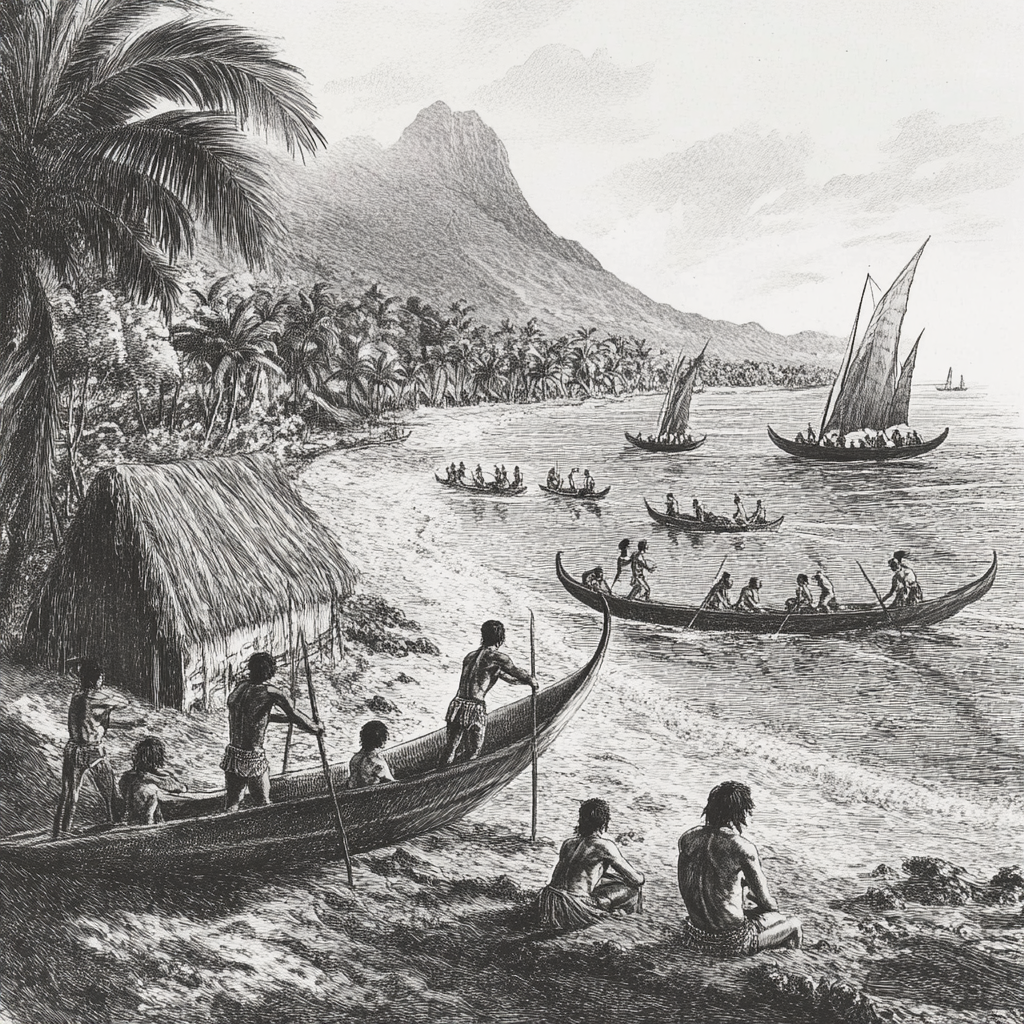
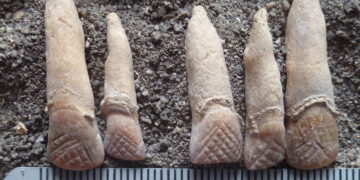

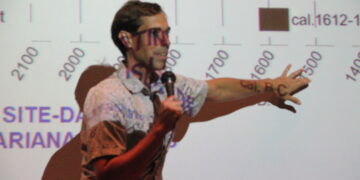

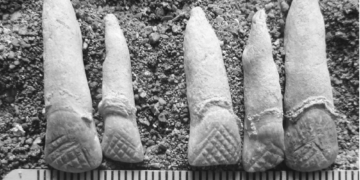
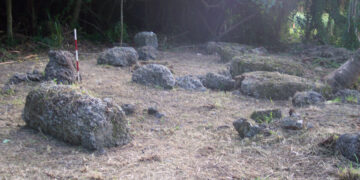

Discussion about this post